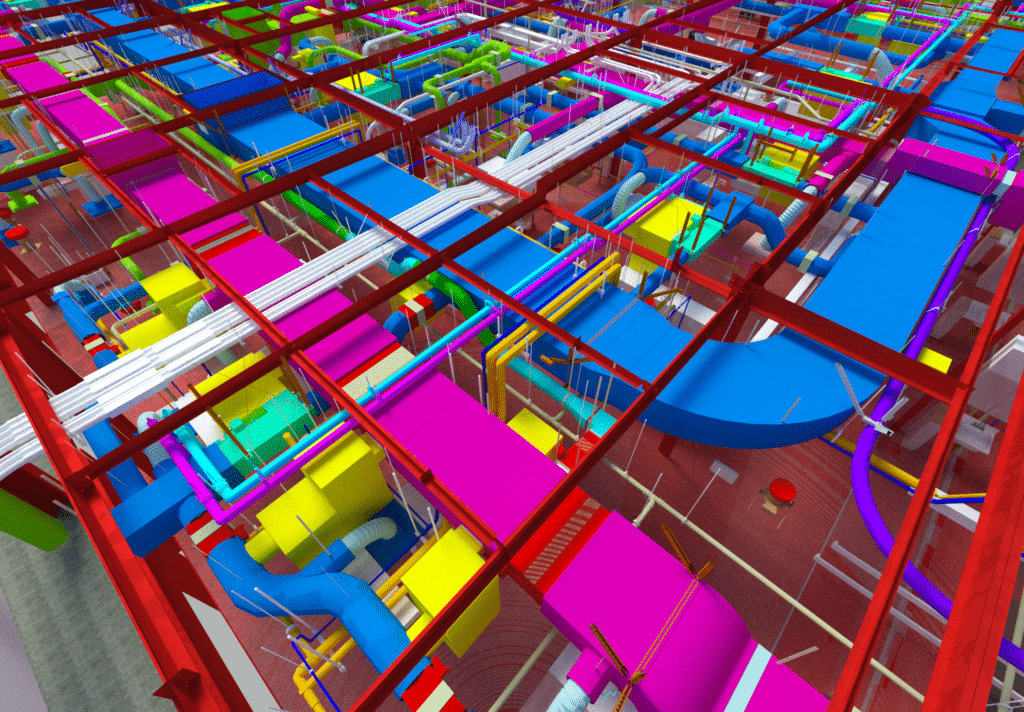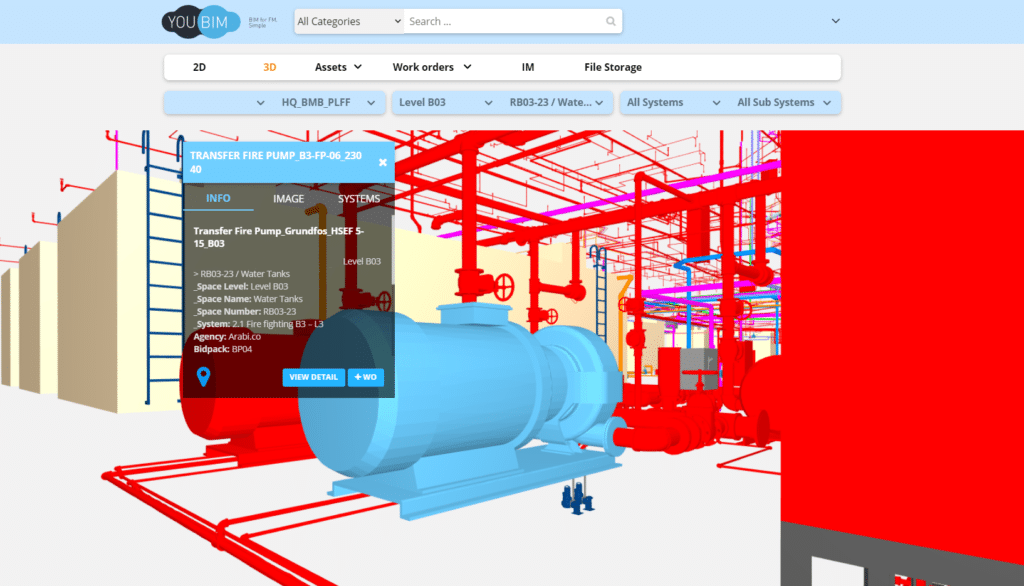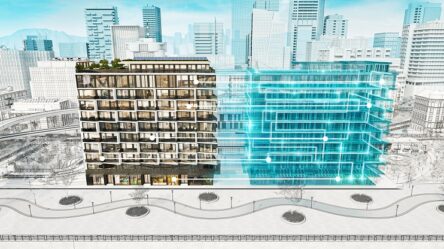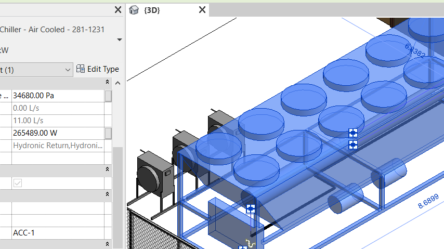BIM for Facility Management is one of the most common questions from prospective buyers. While BIM (Building Information Modeling) is widely associated with design and construction, its real power often comes to life during the operations stage of a building. To explain this clearly, let’s first define both BIM and Facility Management separately.
What is BIM?
Building Information Modeling (BIM) is not software, it’s a process. Supported by various digital tools, BIM helps create and manage all the information related to a project. This process spans the entire lifecycle, from design to operations, providing teams with a shared and reliable “single source of truth.”
While many people think of BIM as just 3D models, those models are far more than visualizations. When implemented correctly, they are databases rich with structured information about the building’s components, systems, and spaces.

What is Facility Management?
According to the International Organization for Standardization (ISO), facility management is “the organizational function which integrates people, place, and process within the built environment to improve the quality of life of people and the productivity of the core business.”
In practice, facility management covers two broad areas:
- People and Organization: catering, cleaning, ICT, HR, accounting, marketing, and other services that support occupants.
- Space and Infrastructure: planning, workplace design, occupancy, maintenance, and building systems.
How does BIM Support Facility Management?
Simply put, BIM for Facility Management refers to utilizing data-rich BIM models during the operational stage of a building’s lifecycle. Instead of receiving stacks of drawings, O&M manuals, and scattered files, facility teams get an organized, digital record of the building.
This allows operators to:
- Access a complete and accurate database of assets, systems, and rooms.
- Save hours (or weeks) otherwise spent piecing together information.
- Reduce the risk of missing data when troubleshooting, repairing, or maintaining equipment.
By treating the model as a database, Facility Managers can make faster, more informed decisions
How to Implement BIM for Facility Management?
Getting to this point requires intention. BIM must be set up with operations in mind, not as an afterthought. That’s why Facility Management requirements should be clearly defined in the BIM Execution Plan.
Some of the key considerations include:
- Identifying critical assets early in the project to avoid rework later.
- Defining the information requirements for each asset type. For example, a cooling tower will need more detailed data than a small valve.
- Establishing naming conventions to ensure every asset is easy to find and track.
With these elements in place, the data collection process can be synchronized with the BIM process, ensuring that the model becomes the ultimate source of truth for both design and operations.
What does handover with BIM look like?
At the time of handover, structured data can be exported from the model into Excel, CMMS, or CAFM systems, whatever the operator uses. In some cases, owners may receive an intelligent model that allows users to simply click on an element and access its information instantly. Platforms like YouBIM, for example, take this a step further by making data intuitive and accessible in the cloud.

Benefits of BIM in Facility Management
BIM offers significant advantages once a building is operational:
- Time savings: no more digging through paper manuals or scattered digital files.
- Efficiency: a single model where information is consolidated and up to date.
- Long-term savings: fewer errors, faster maintenance, and reduced downtime.
Ultimately, BIM empowers Facility Managers with the clarity and tools they need to keep buildings running efficiently throughout their lifecycle.
Frequently Asked Questions (FAQ)
What is BIM in Facility Management?
BIM in FM uses data-rich building models to manage and operate assets, systems, and spaces effectively.
What are the main benefits of BIM for Facility Managers?
BIM reduces handover complexity, centralizes information, and helps operators save time and costs in daily operations.
What data should a BIM model include for FM?
Key asset details include equipment IDs, locations, maintenance schedules, and warranty information.
How does BIM connect with FM software?
BIM data can be integrated into CMMS or CAFM systems or accessed through intelligent, cloud-based BIM platforms.
Final Thoughts
BIM for Facility Management bridges the gap between construction and operations. By handing over an accurate, accessible, and intelligent model, owners and operators can manage their facilities more effectively from day one.
The path forward for companies exploring implementing BIM for FM begins with early planning and intentional data requirements. When done right, BIM ensures that buildings are designed and built better and operate smarter.
If you want to learn more about how YouBIM supports the BIM process before, during, and after Handover, look at our portfolio or contact us.
By Florencia Castro
YouBIM CEO




